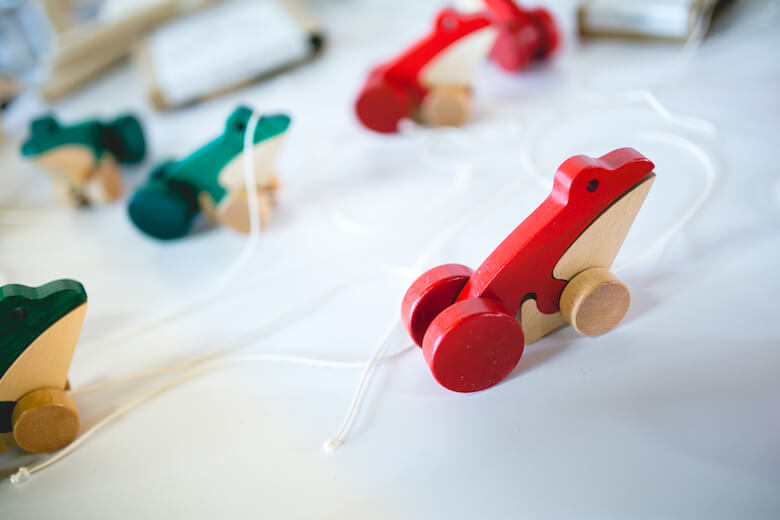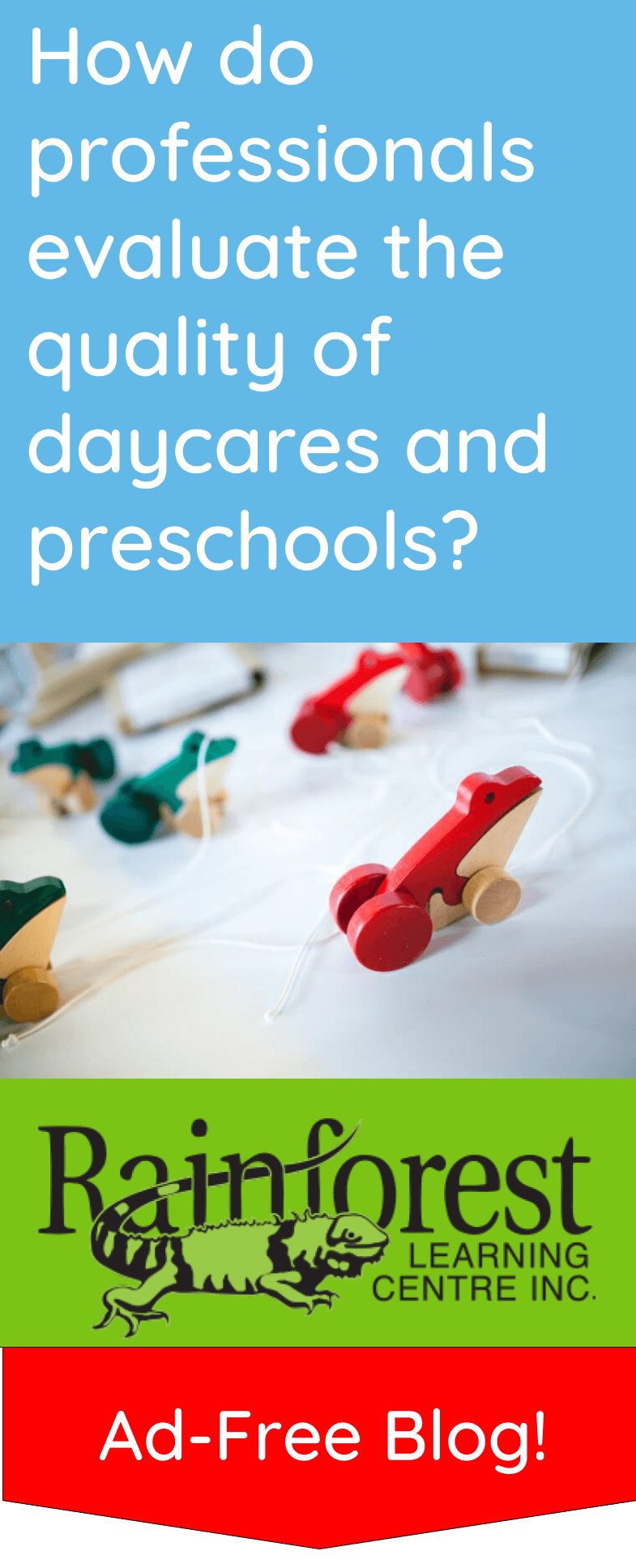
These days, it’s not too difficult to set up shop as a daycare or private preschool. Of course, all of these companies should be following government regulations and protocols when operating. This ensures safety for all the children being cared for. But those rules don’t always cover the quality of education or services being received.
So, how do you know if you’re enrolling your child in a quality daycare or preschool? We’ll discuss the methods for finding out below.
What are common assessment scales used in early childhood education circles?
Apart from licensing and laws, there are ways that professionals evaluate the quality of daycares and preschools. These can be academic in nature, and used for research. They are also used for organizational or government reporting purposes. Some of the research-based scaling formulas you can find for early childhood programs include:
- Caregiver Interaction Scale (CIS) and later, a revised assessment using the name, Child Caregiver Interaction Scale (CCIS)
- Early Childhood Environment Rating Scale (ECERS-R)
- Infant/Toddler Environment Rating Scale (ITERS-R)
- Family Child Care Environment Rating Scale, Revised Edition (FCCERS-R)
- Early Learning Observation Rating Scale
- ACEI Global Guidelines Assessment (GGA)
- Leuven well being and involvement scales
- The SpeciaLink Early Childhood Inclusion Quality Scale (2009)
And more!
Each of these ‘tests’ is to ensure that an early childhood care program is fulfilling what is expected of it. They can cover safety and regulatory items. But they can also cover the material being taught, the method of teaching, the inclusion of special needs children, and how well children are receiving and interacting with a program.
How early childhood education and daycare quality regulations work in British Columbia
In British Columbia, the government also publishes an Early Learning Framework. However, governmental regulations are mainly concerned with the safety and quality of care that children receive, as mentioned above.
We’ve written about daycare space design in the past, which covers some of these important regulations. Check out that article below:
We do everything we can as a daycare and preschool, for instance, to manage allergies in our play spaces. We also keep the area clean and safe. And we are obligated to hire professional early childhood educators with proper training.
But it’s not likely anyone will come knocking on our door to tell us we are teaching the ‘wrong’ subjects, or spending too much time at the playground. The government is also not telling us which personalities to hire. And, they’re not formulating our entire preschool curriculum. Remember; most daycares and preschools in B.C. are private companies.
And, like we’ve pointed out in our other articles on preschool education methods, many of the names used in the industry are not regulated. For instance, anyone with a daycare license can say they are a “Montessori” school – even if they don’t follow every criterion its theory posits.
So, when it comes to measures of quality, and not just safety, it’s up to the marketplace to decide which daycares and preschools are doing a good job. And that’s where parent research comes in, and is needed.
If you’re looking for a good child care program to put your child into, it can take more than seeking a banner that says “emergent curriculum” or “Waldorf school”, and so on. In B.C. at least, those words can mean many different things.
How do quality daycares and preschools keep their own standards high?
Not all daycare centres will employ a specific model or scale of criteria that a university research centre has come up with. However, you will notice that quality daycare and preschool centres focus on high standards and continual evaluation and improvements in key areas. Early childhood education centres can use their own measuring tools to ensure they are meeting – and exceeding – the standards parents expect of them.
The key areas quality daycares and preschools will evaluate include:
Up-to-date and modern curriculums appropriate for early-age learners
Reading this article will show you the extent to which professionals will go to examine the effectiveness of the curriculum they are delivering to children in their care. Everything from child engagement and interest, to new research in the field and the inclusion of special needs are considered.
That and, are we covering enough topics that our early childhood learners are going to be ready for kindergarten? Are our school-age kids getting the homework support they need? Or are they getting too much instruction and not enough play?
Quality early childhood educators in the classroom
As in any business, its up to a daycare or preschool owner to ensure staff are doing their job well. But while a certificate or resume can show textbook knowledge, we are also looking out for ‘X-factor’ that makes caregivers special in the early childhood environment. Staff meetings and continual training and development help here. But team leads should always be watching, and receiving feedback from parents, of course.
Do the educators and caregivers make eye contact with children? Are they playing with them, or just ‘watching’ them? Are they a positive force in the classroom, or does job dissatisfaction show on their face? Do they genuinely care about the kids? All these things affect children, and quality childcare centres are on top of it.
Educational and play-conducive facilities, with continual improvements
Play spaces in daycares don’t have to be new, expensive and fancy to be effective. And cleanliness and health standards are set and regulated.
Quality daycares, however, do take care to notice the details. For example, they’ll ensure their toy boxes are not filled with broken, useless pieces. Books will be easily accessible for little people. Sensory play tables will be organized and ‘unmixed.’ Coat rooms will be labelled and organized. Children will have multiple areas to engage in ‘loud’ and ‘quiet’ activities. Teachers will have the equipment and materials to do their job effectively. And, furniture arrangements will make sense for the needs of the class.
Sometimes, this takes revision, buying new supplies, and staff meetings to brainstorm how to best create a playful, educational space. Sometimes, renovations are necessary too. Quality daycare and preschools will take the time to do these things, and not leave them by the wayside as less important tasks.
Overall, we’ve seen that while child care centres and preschools can come in many varieties, they don’t all have to be uniform. While the government takes care of safety and health rules that all must follow, the programming and curriculum can be individualized for each centre. Some academics have their professional standards and scales for evaluating early childhood education programs. But for parents, doing your research into the qualities of curriculum, educators and facilities can help guide your decision on where to enrol your child.
See more on our blog:
